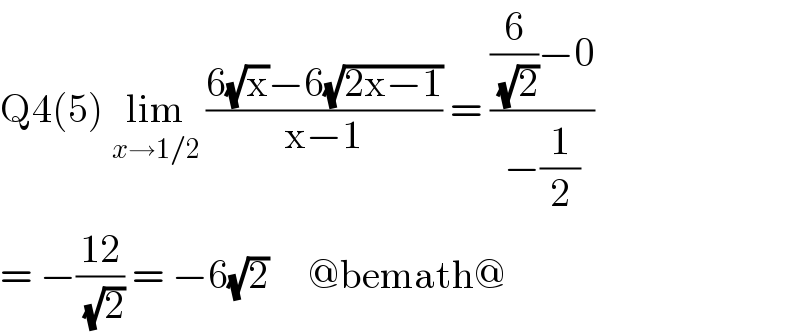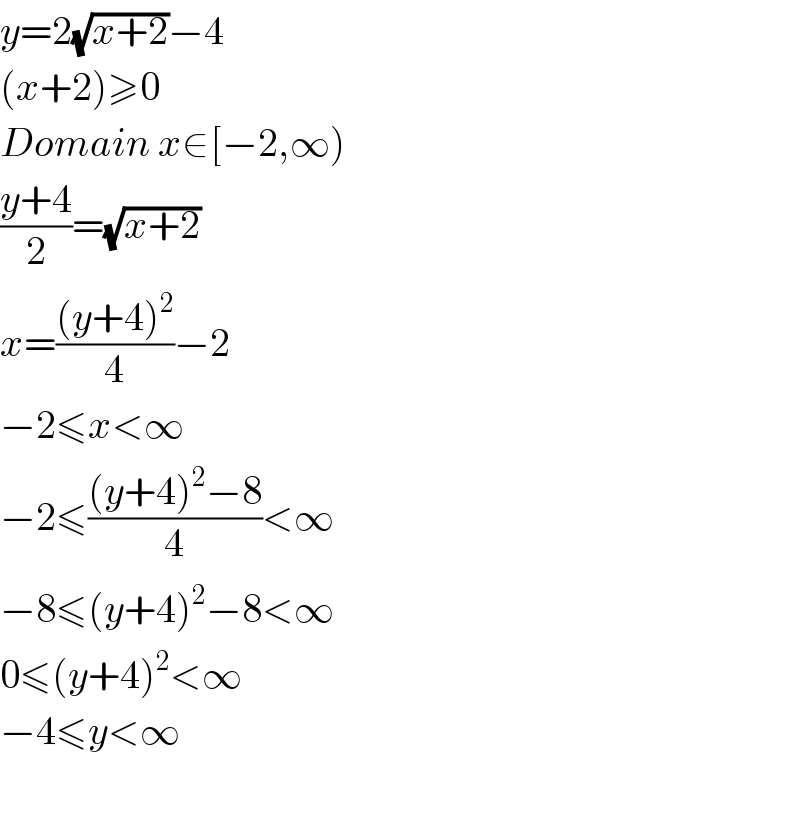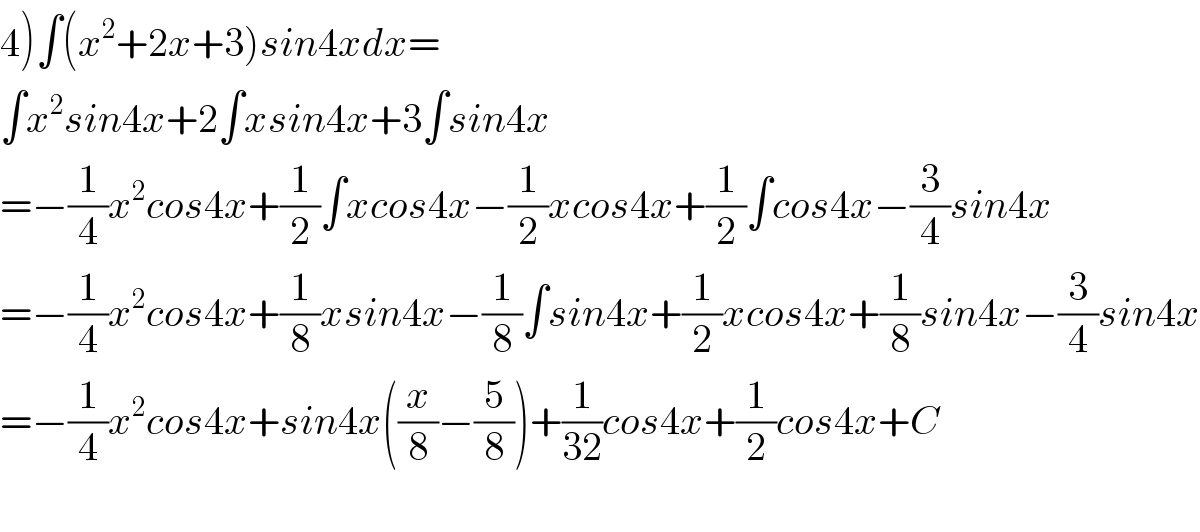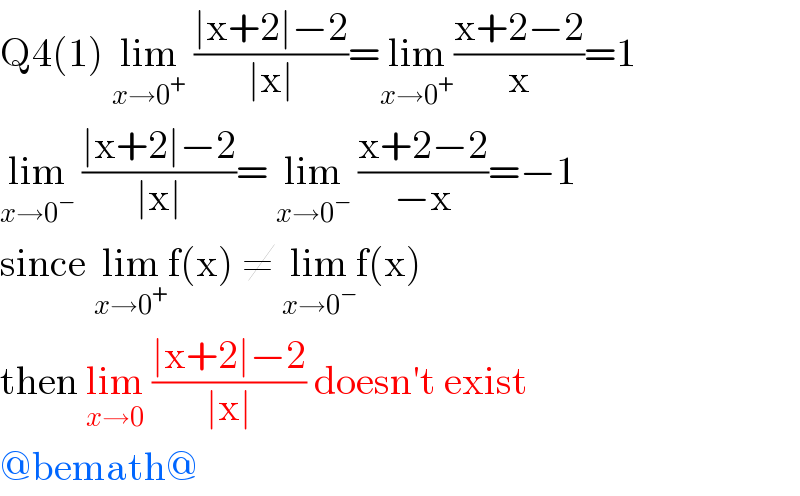
Question and Answers Forum
Question Number 106604 by mohammad17 last updated on 06/Aug/20

Commented by bemath last updated on 06/Aug/20

Answered by Dwaipayan Shikari last updated on 06/Aug/20

Answered by Dwaipayan Shikari last updated on 06/Aug/20

Answered by Dwaipayan Shikari last updated on 06/Aug/20

Answered by bemath last updated on 06/Aug/20

Commented by bemath last updated on 06/Aug/20

Answered by Dwaipayan Shikari last updated on 06/Aug/20

Answered by Dwaipayan Shikari last updated on 06/Aug/20

Answered by 1549442205PVT last updated on 06/Aug/20

